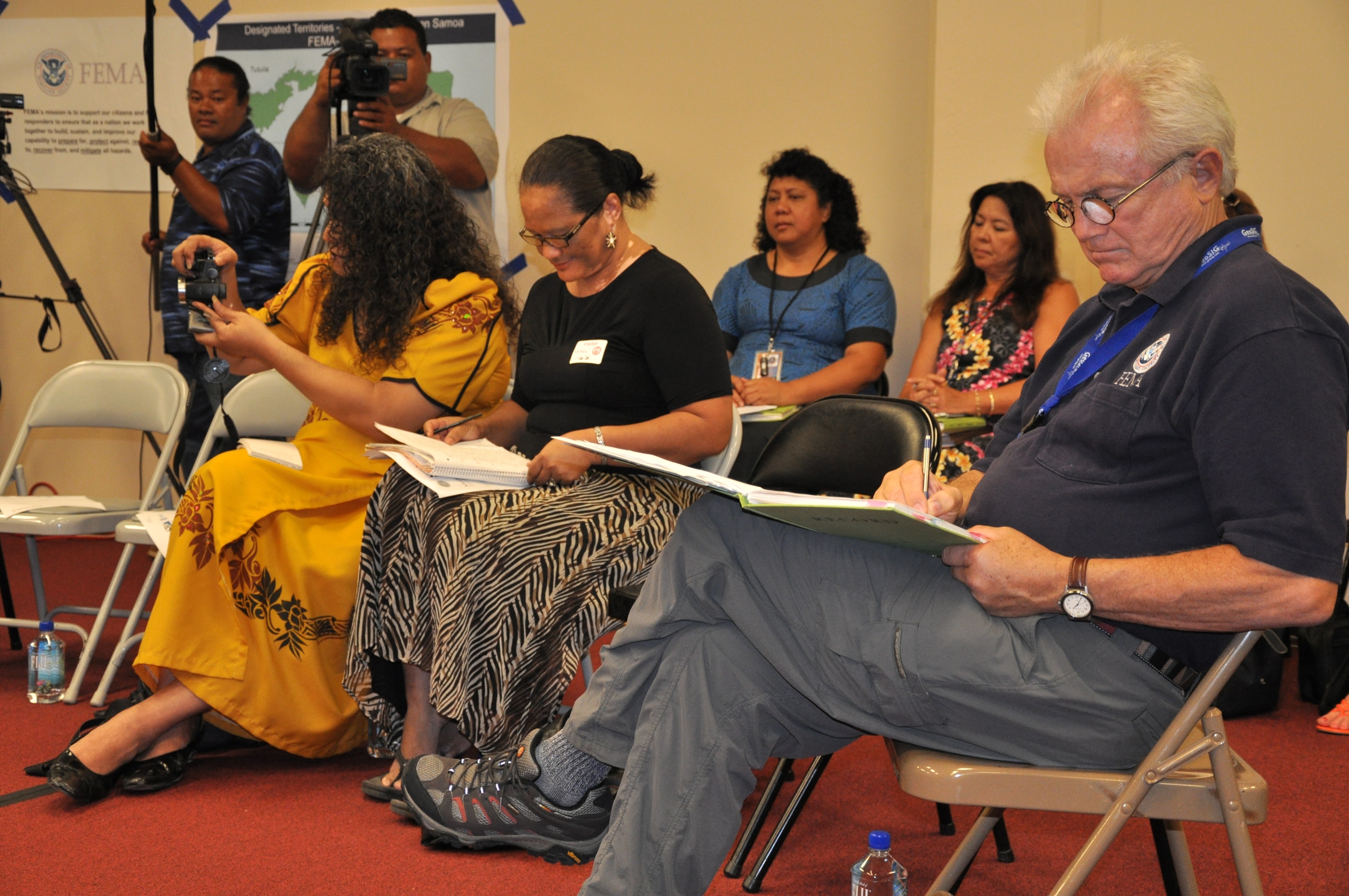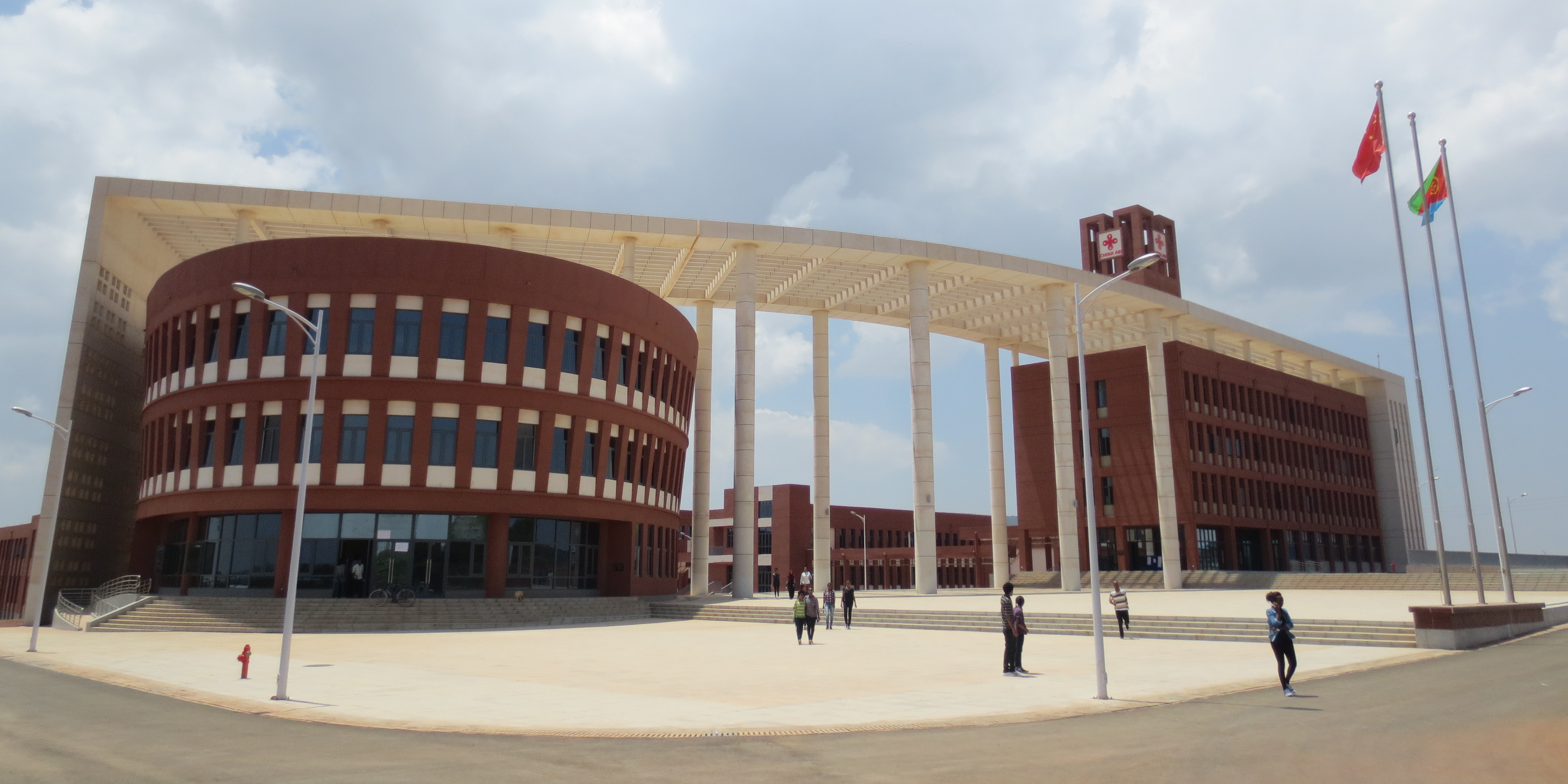|
National Agricultural Research Institute (Eritrea)
The National Agricultural Research Institute (NARI) is an agency within the Ministry of Agriculture of Eritrea. The institute was used to be known as the Department of Agricultural Research and Human Resources Development (DARHARD). Divisions and units ;Divisions * Animal Resources Research * Crop Development Research * Natural Resources Management Research * Agricultural Engineering Research * Human Resources Development and Training ;Units * Socio Economics Unit * Planning and Statistics Unit * Communication and Public Relations Unit Management *Dr. Iyassu Ghebretatios, Director General of NARI See also *Eritrea Institute of Technology The Eritrea Institute of Technology (EIT) or Mai-Nefhi College is a technological institute located near the town Himbrti, Mai Nefhi, Eritrea. It is situated about 12 km southwest of Asmara, near the Mai Nefhi dam. The institute has three co ... ReferencesNational Agricultural Research Institutes in Eastern and Central Africa Agricul ... [...More Info...] [...Related Items...] OR: [Wikipedia] [Google] [Baidu] |
List Of Agriculture Ministries
An agriculture ministry (also called an) agriculture department, agriculture board, agriculture council, or agriculture agency, or ministry of rural development) is a ministry charged with agriculture. The ministry is often headed by a minister for agriculture. Specific duties may relate to regulation, promotion, agricultural research, price supports and agricultural subsidies, plant diseases, invasive species and the management of biosecurity. Some countries have multiple agriculture ministries, devoting entire ministries to more specific policy areas such as forestry and fisheries; rural affairs; food and food quality, security, and safety; consumer protection; and matters relating to the environment. Agriculture ministries by country Former countries See also * GLOBALG.A.P * Food administration * Food and Agriculture Organization * List of environmental ministries * List of forestry ministries References External links Mexican Secretariat of Agriculture website ... [...More Info...] [...Related Items...] OR: [Wikipedia] [Google] [Baidu] |
Eritrea
Eritrea ( ; ti, ኤርትራ, Ertra, ; ar, إرتريا, ʾIritriyā), officially the State of Eritrea, is a country in the Horn of Africa region of Eastern Africa, with its capital and largest city at Asmara. It is bordered by Ethiopia in the south, Sudan in the west, and Djibouti in the southeast. The northeastern and eastern parts of Eritrea have an extensive coastline along the Red Sea. The nation has a total area of approximately , and includes the Dahlak Archipelago and several of the Hanish Islands. Human remains found in Eritrea have been dated to 1 million years old and anthropological research indicates that the area may contain significant records related to the evolution of humans. Contemporary Eritrea is a multi-ethnic country with nine recognised ethnic groups. Nine different languages are spoken by the nine recognised ethnic groups, the most widely spoken language being Tigrinya, the others being Tigre, Saho, Kunama, Nara, Afar, Beja, Bilen and Ar ... [...More Info...] [...Related Items...] OR: [Wikipedia] [Google] [Baidu] |
Natural Resource
Natural resources are resources that are drawn from nature and used with few modifications. This includes the sources of valued characteristics such as commercial and industrial use, aesthetic value, scientific interest and cultural value. On Earth, it includes sunlight, atmosphere, water, land, all minerals along with all vegetation, and wildlife. Natural resources is a part of humanity's natural heritage or protected in nature reserves. Particular areas (such as the rainforest in Fatu-Hiva) often feature biodiversity and geodiversity in their ecosystems. Natural resources may be classified in different ways. Natural resources are materials and components (something that can be used) that can be found within the environment. Every man-made product is composed of natural resources (at its fundamental level). A natural resource may exist as a separate entity such as fresh water, air, as well as any living organism such as a fish, or it may be transformed by extractivist in ... [...More Info...] [...Related Items...] OR: [Wikipedia] [Google] [Baidu] |
Agricultural Engineering
Agricultural engineering, also known as agricultural and biosystems engineering, is the field of study and application of engineering science and designs principles for agriculture purposes, combining the various disciplines of mechanical, civil, electrical, food science, environmental, software, and chemical engineering to improve the efficiency of farms and agribusiness enterprises as well as to ensure sustainability of natural and renewable resources. An agricultural engineer is an engineer with an agriculture background. Agricultural engineers make the engineering designs and plans in an agricultural project, usually in partnership with an agriculturist who is more proficient in farming and agricultural science. History The first use of agricultural engineering was the introduction of irrigation in large scale agriculture in the Nile and the Euphrates rivers before 2000 B.C. Large irrigation structures were also present in Baluchistan and India before Christian era. In S ... [...More Info...] [...Related Items...] OR: [Wikipedia] [Google] [Baidu] |
Public Relations
Public relations (PR) is the practice of managing and disseminating information from an individual or an organization (such as a business, government agency, or a nonprofit organization) to the public in order to influence their perception. Public relations and publicity differ in that PR is controlled internally, whereas publicity is not controlled and contributed by external parties. Public relations may include an organization or individual gaining exposure to their audiences using topics of public interest and news items that do not require direct payment. The exposure mostly is media-based. This differentiates it from advertising as a form of marketing communications. Public relations aims to create or obtain coverage for clients for free, also known as earned media, rather than paying for marketing or advertising also known as paid media. But in the early 21st century, advertising is also a part of broader PR activities. An example of good public relations would be ge ... [...More Info...] [...Related Items...] OR: [Wikipedia] [Google] [Baidu] |
Eritrea Institute Of Technology
The Eritrea Institute of Technology (EIT) or Mai-Nefhi College is a technological institute located near the town Himbrti, Mai Nefhi, Eritrea. It is situated about 12 km southwest of Asmara, near the Mai Nefhi dam. The institute has three colleges: Science, Engineering and Technology, and Education. The institute began with about 5,500 students during the 2003-2004 academic year. Overview The EIT was opened after the University of Asmara The University of Asmara (UoA) was a public university in Asmara, Eritrea. The nation's first university, it was founded in 1958 by the "Piae Madres Nigritiae" ( Comboni Sisters). The school was meant to provide for the local population, though ... was reorganized. According to the Ministry of Education, the institution was established, as one of many efforts to achieve equal distribution of higher learning in areas outside the capital city, Asmara. Accordingly, several similar colleges are also established in different other parts of t ... [...More Info...] [...Related Items...] OR: [Wikipedia] [Google] [Baidu] |
Agriculture In Eritrea
Agriculture is the main economic activity in Eritrea. Agriculture makes up 11 percent of the wider economy's value. Eritrea has 565,000 hectares (1,396,000 acres) of arable land and permanent crops. 70% of the Eritrean workforce is employed in agriculture,Jordan, Ray (18 March 2016"Eritrea – Farming in a fragile land" ''Huffington Post''. accounting for roughly one-third of the economy. Eritrea's main agricultural products include sorghum, millet, barley, wheat, legumes, vegetables, fruits, sesame, linseed, cattle, sheep, goats, and camels. History Agriculture in Eritrea has experienced extensive improvement over recent years. After the Eritrean War of Independence, agriculture was one of the many sectors that was completely destroyed. Since then, significant investments have been made into the industry—purchases worth millions of dollars of agricultural machinery have been made and hundreds of dams have been built. Agricultural products Eritrea's main agricultural product ... [...More Info...] [...Related Items...] OR: [Wikipedia] [Google] [Baidu] |
Government Of Eritrea
The Politics of Eritrea and the Government of Eritrea takes place in a framework of a single-party presidential republican totalitarian dictatorship. The President officially serves as both head of state and head of government. The People's Front for Democracy and Justice is the only political party legally permitted to exist in Eritrea. The popularly elected National Assembly of 150 seats, formed in 1993 shortly after independence from Ethiopia, elected the current president, Isaias Afewerki. There have been no general elections since its official independence in 1993. The country is governed under the constitution of 1993. A new constitution was ratified in 1997, but has not been implemented. Since the National Assembly last met in January 2002, President Isaias Afwerki has exercised the powers of both the executive and legislative branches of government. Independent local sources of political information on Eritrean domestic politics are scarce; in September 2001 the govern ... [...More Info...] [...Related Items...] OR: [Wikipedia] [Google] [Baidu] |
Research Institutes In Eritrea
Research is "creative and systematic work undertaken to increase the stock of knowledge". It involves the collection, organization and analysis of evidence to increase understanding of a topic, characterized by a particular attentiveness to controlling sources of bias and error. These activities are characterized by accounting and controlling for biases. A research project may be an expansion on past work in the field. To test the validity of instruments, procedures, or experiments, research may replicate elements of prior projects or the project as a whole. The primary purposes of basic research (as opposed to applied research) are documentation, discovery, interpretation, and the research and development (R&D) of methods and systems for the advancement of human knowledge. Approaches to research depend on epistemologies, which vary considerably both within and between humanities and sciences. There are several forms of research: scientific, humanities, artistic, econ ... [...More Info...] [...Related Items...] OR: [Wikipedia] [Google] [Baidu] |




